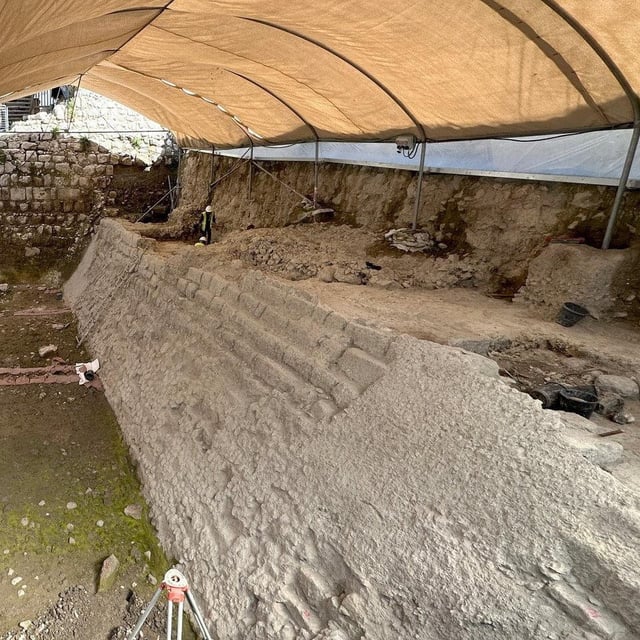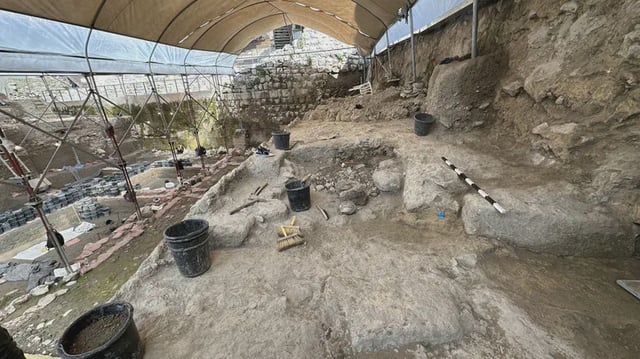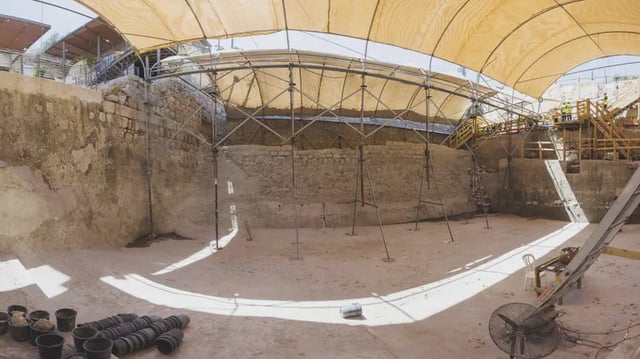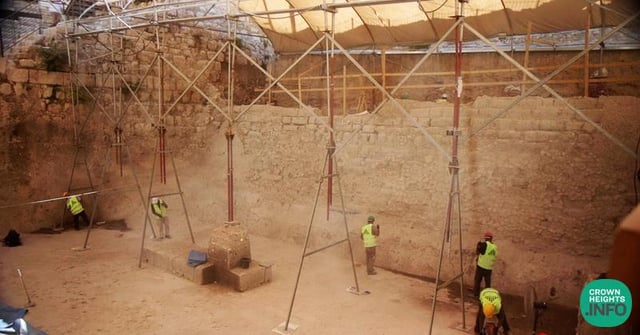Overview
- Researchers from the Israel Antiquities Authority and the Weizmann Institute report a construction window of about 805–795 BCE by radiocarbon dating short‑lived plant remains embedded in the dam’s mortar.
- The structure is described as the largest known dam in Israel and the earliest identified in Jerusalem, measuring roughly 12 meters high, over 8 meters wide, with at least 21 meters revealed.
- The team integrated Dead Sea drill cores, Soreq Cave stalagmites and solar-activity proxies to reconstruct a period of prolonged dryness punctuated by intense storms in the late ninth century BCE.
- Excavation directors say the dam captured water from the Gihon Spring while intercepting floodwaters from the Tyropoeon Valley to feed the Siloam Pool.
- The findings were published in PNAS and will be presented at the City of David Studies conference in early September.



